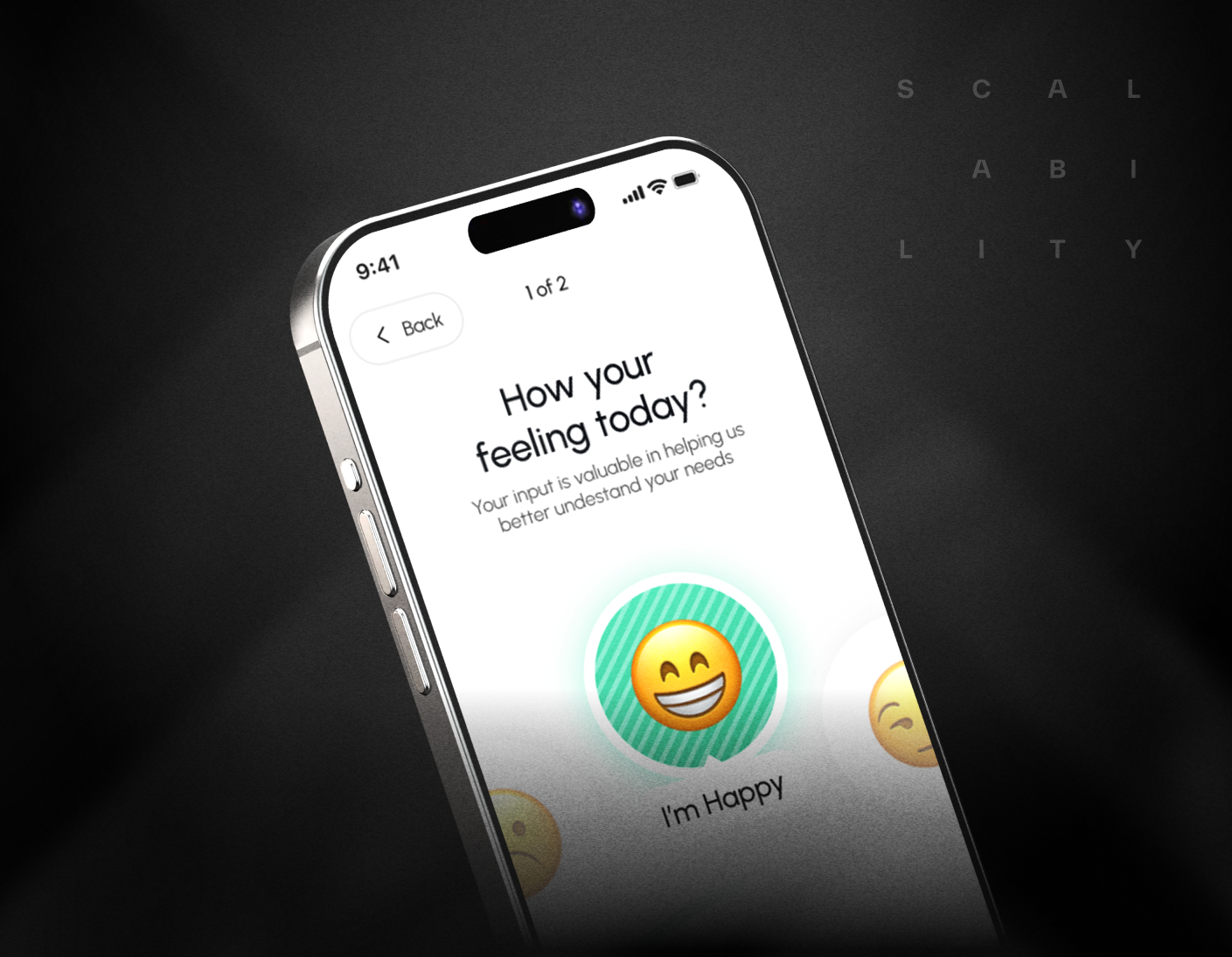Why User Onboarding Can Make or Break Your Product

First impressions matter, especially in software. If users don’t understand your product quickly, they’ll leave just as fast. That’s why user onboarding isn’t a side feature. It’s a critical part of product design. A smooth onboarding experience helps people find value early, feel in control, and keep coming back.
Good onboarding doesn’t overwhelm. It introduces only what the user needs to know at that moment. It’s not about dumping every feature upfront. It’s about guiding the user through real tasks, showing progress, and reinforcing success.
The best onboarding feels invisible. It doesn’t slow the user down or make them feel like they’re taking a tour. Instead, it blends into the product, triggered by actions, supported by smart defaults, and flexible for different user types. It respects the user’s time and curiosity.
Clarity is everything. Labels, instructions, tooltips - they all need to be concise and helpful. If you’re asking someone to set something up or complete a step, they should know why it matters and what comes next. Ambiguity leads to hesitation, which leads to churn.
Personalization helps. If you know the user’s role, goals, or use case, you can tailor the onboarding flow to match. A developer and a marketer don’t need the same setup. Let them skip or customize when it makes sense.
Too often, onboarding is treated as a one-time experience. But in reality, it should be continuous. As users explore more features or bring in teammates, the product should keep guiding them. Onboarding doesn’t stop after day one, it adapts.
At Scalability Inc., we design onboarding experiences that build trust and confidence from the first click. We focus on getting users to value quickly, reducing friction, and turning first-time users into long-term ones.
Want new users to stick around? Let’s design onboarding that actually works.
